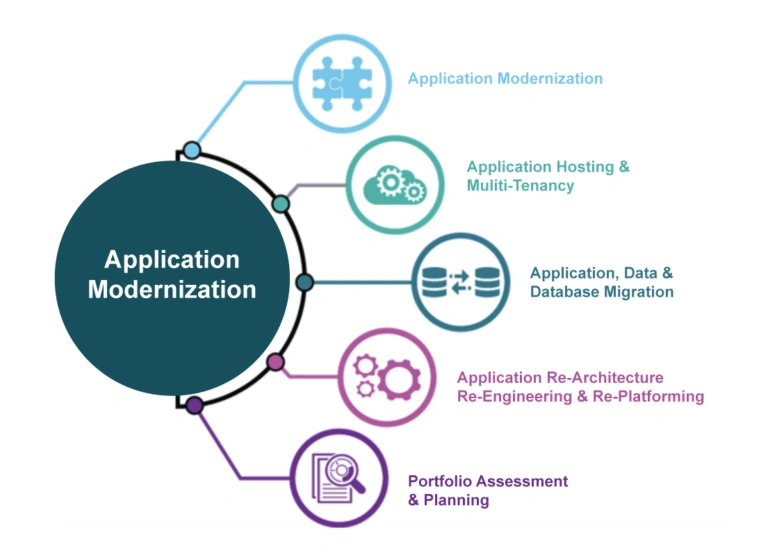Introduction:
The evolving technology landscape has led to the demise of many previous transfers, from the floppy disk to the cassette player. Similarly, legacy systems that were once the backbone of many organizations now face significant challenges. Microservices architecture offers a ray of hope for businesses to modernize their weak systems.
Microservice architecture, also known as microservices, represents a unique approach to developing software systems. These systems are more flexible and feature continuous services, each of which can be independently deployed, scaled, and integrated with business operations.
The genius of microservices architecture lies in its ability to transform monolithic legacy systems into more agile, manageable and adaptable system technologies.
The rest of this blog will discuss why and how companies are adopting microservices architecture to modernize their legacy systems.
Increase agility and scalability
Legacy systems are often too large, complex and rigid, making it difficult to meet the needs of fast-moving businesses. But because microservices involve breaking the application into smaller services, these smaller components are easier to manage, develop and deploy independently.
This provides unprecedented flexibility, allowing for more frequent deployment, faster rollout of new features, easy scaling of programs according to needs, and ultimately faster response to market changes.
Simplify maintenance and development
Making improvements to large, interconnected assets can be like defusing a ticking time bomb; One wrong move can cause the entire system to fail. Microservices are easy to develop. Because each service is independent, developers can quickly update, re-evaluate, or even replace a service without the risk of downtime or failure.
Freedom of expression and technology
In the old system, all models were generally required to use the same set of technologies. With microservices, organizations can choose the most appropriate technology for each service based on specific needs. This technological independence allows the team to choose the best equipment for each job, leading to better results and innovative solutions.
Durability and Fault Isolation
Microservices support isolation. If one part of the entire system fails, a domino effect can occur that will cause the entire system to collapse. However, in a microservice system, even if one service fails, other services will not be affected. This speeds up the system and gives engineers time to fix problems.
Harnessing the power of the cloud

